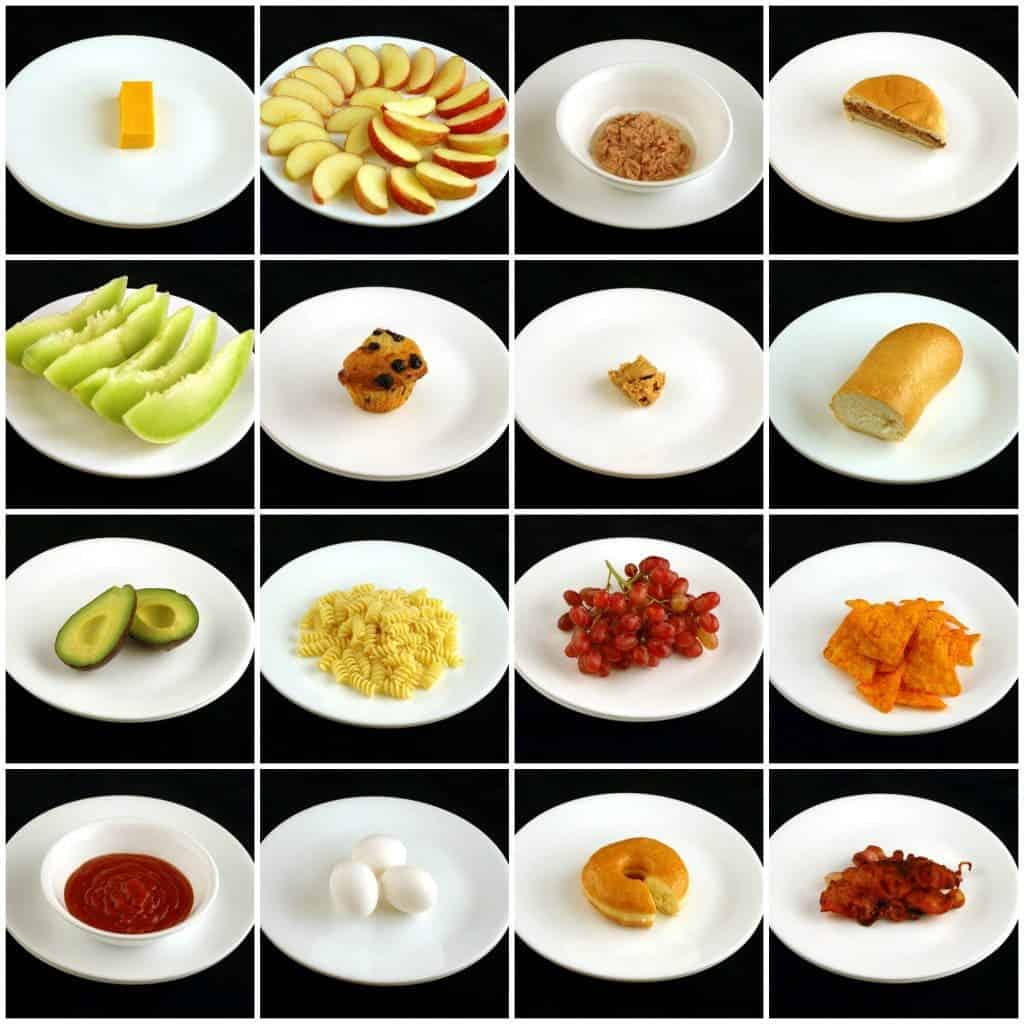Food calories come in different shapes and sizes — a chocolate bar can pack more calories than one kilogram of vegetables, even though they have extremely different nutritional values. Here, we’ll look at what 200 Calories look like as different foods, as well as discuss the basics of calories. For reference, the average recommended daily calorie intake is around 2,000 calories a day for women and 2,500 for men — this is a very general reference, but just so you can get an idea about what 200 Calories can mean.
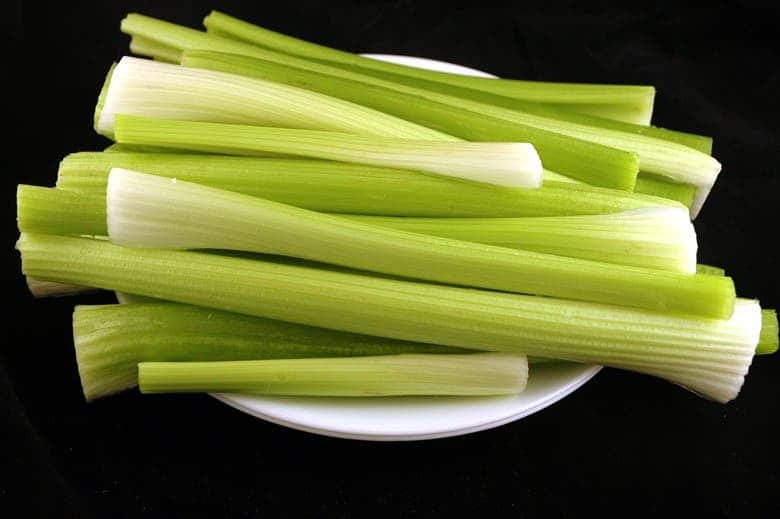
1425 grams = 200 Calories
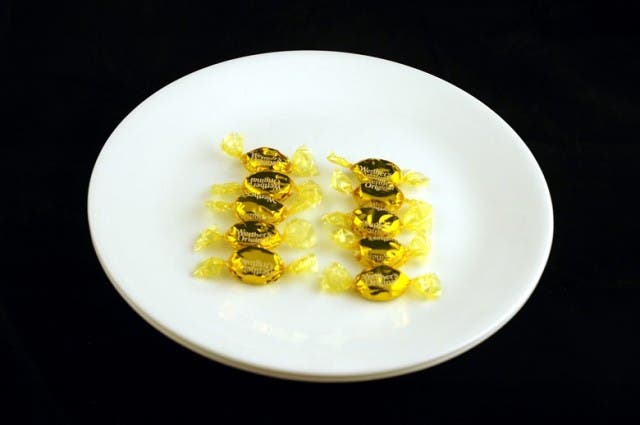
50 grams = 200 Calories
So, what is a calorie? Well, a calorie is a unit of measure for energy. The physical calorie is defined as the amount of energy needed to raise the temperature of one gram of water by one degree Celsius at atmospheric pressure. However, nutritionists often use “Calorie” as a term for 1000 calories — the amount of energy needed to raise the temperature of one kilogram of water by one degree Celsius.
The large Calorie is thus equal to 1,000 small calories or one kilocalorie. But the main takeaway is that a calorie is not related to nutrients, such as carbs, or food quantities — it simply refers to the energy contained (in food, in this case). In spite of its non-official status, the large Calorie is still widely used as a unit of food energy. The small calorie is also often used for measurements in chemistry, although the amounts involved are typically recorded in kilocalories.
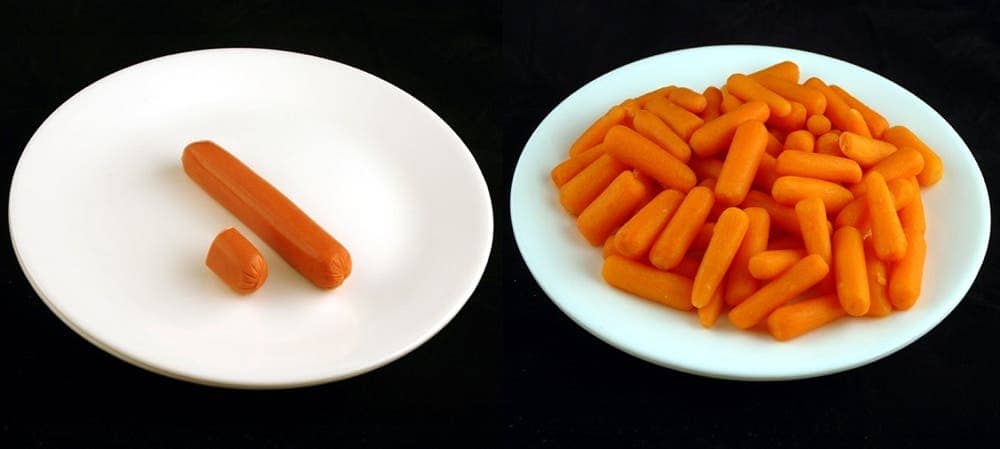
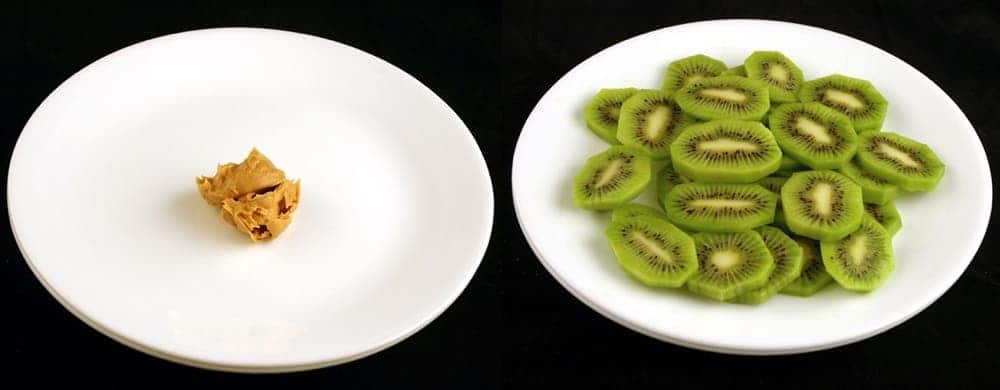
So calories tell you how much energy you’re absorbing from different foods — energy that, unless spent, can accumulate as far.
As you can see from these images, the amount of energy in different foods can be vastly different.
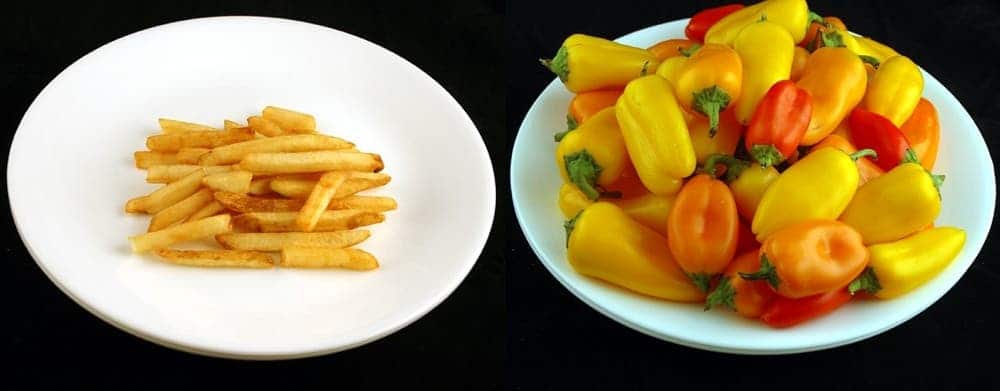
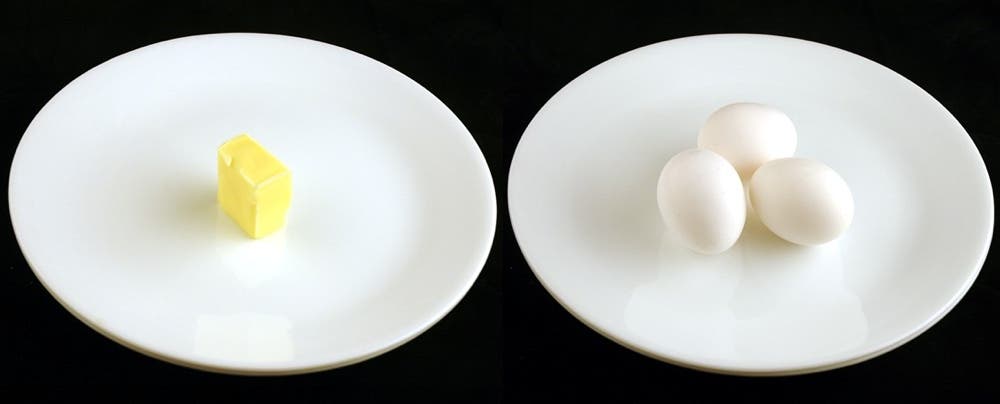
In many diets today, the calorie is regarded as the end-all, be-all measure of how much you can eat. As mentioned, according to the US Department of Agriculture, the average adult needs to consume about 2,000–2,500 Calories to maintain their weight, though that number can differ significantly based on physical activity and other dietary and environmental factors.
However, calories just measure the energy contained in foods — they don’t tell you anything about other nutrients. This means that you could consume the same number of calories by eating eat a well-balanced meal (say, a cooked vegetable meal) or eating some candy bars — obviously, one is not as healthy as the other. So while keeping an eye on calorie intake is important, there are also other factors to consider. The point of the article is to show you just how different 200 calories can be.
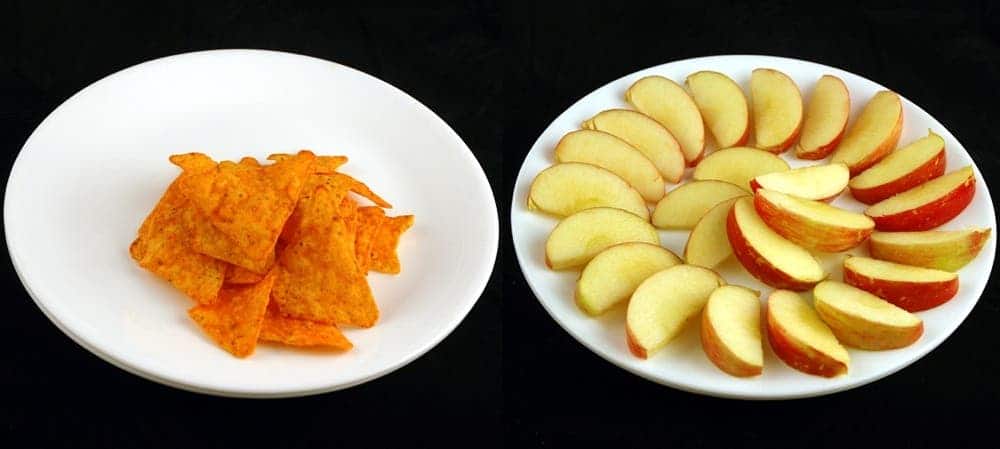
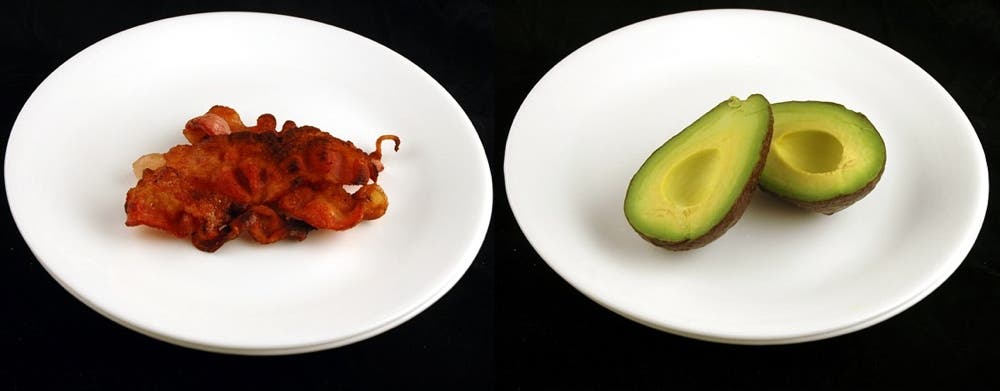
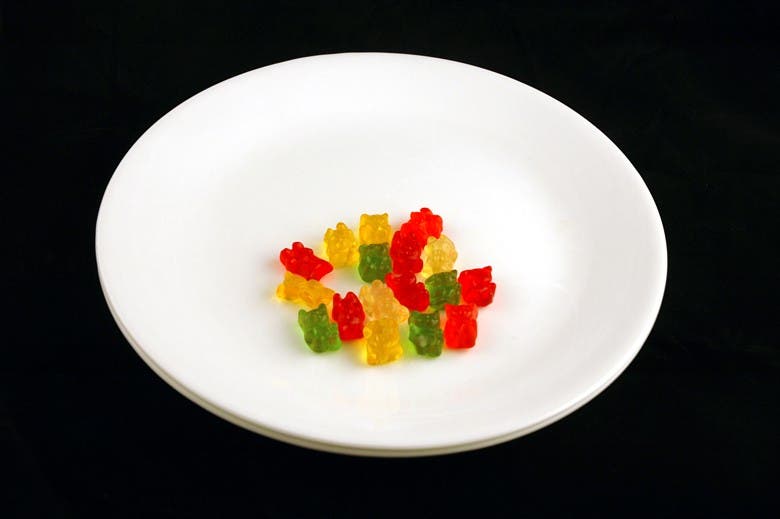
51 grams = 200 Calories

68 grams = 200 Calories
For example, you can have 570 grams of baby carrots, 588 grams of broccoli, or 553 grams of melon — each has 200 Calories. But then again, so does 60 mL of Bailey’s cream, a bite of blackberry pie, and a 54-gram peanut power bar.
It’s no definite standard, but as a rule of thumb, raw, healthier foods have fewer calories per gram than more condensed, more intensely-processed unhealthy foods such as sweets and bacon. Have just 4 tootsie pops — BAM, that’s 200 calories. The same goes for 17 gummy bears. Canola oil is the most calorically condensed thing here, with 200 Calories in a mere 23 grams — little more than a teaspoon.
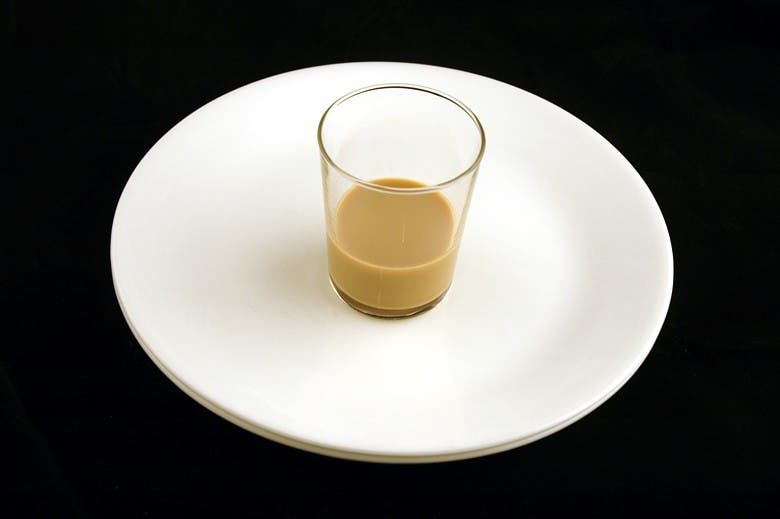
60 ml = 200 Calories
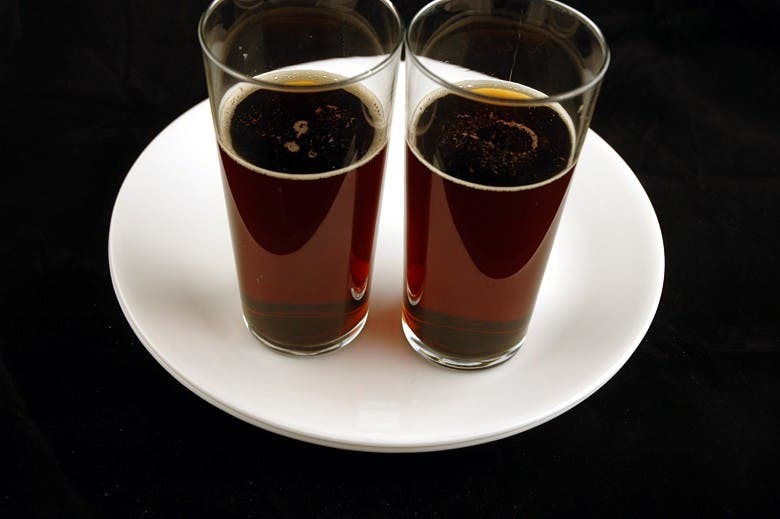
496 ml = 200 Calories
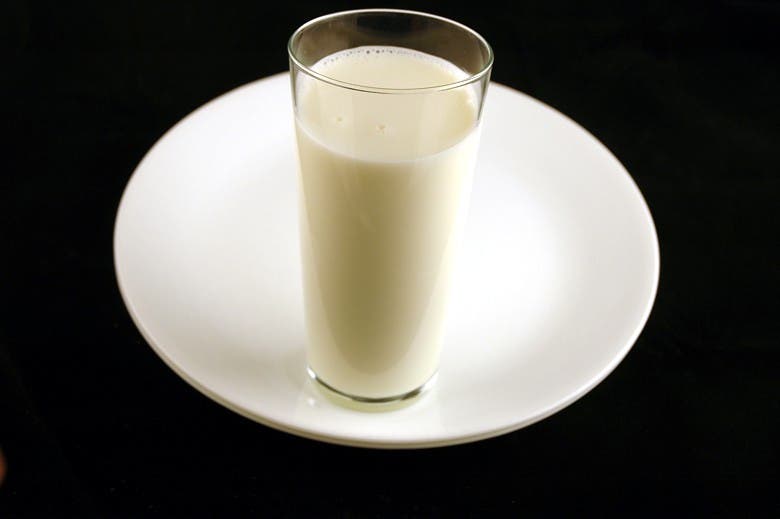
333 ml = 200 Calories
But it’s not just foods that can have lots of calories. Alcohol generally tends to pack a lot of calories, as does cooking oil and sugary drinks. That’s why people take drinks of spirits to ‘warm up’. Half a liter of Coca-Cola does the trick, while it takes only 333 milliliters of milk to get to 200 Calories.
Here are a few more examples; hopefully these can provide a general guideline for foods that tend to have a lot of calories — it’s not really about how much you eat, it’s much more about what you eat.
